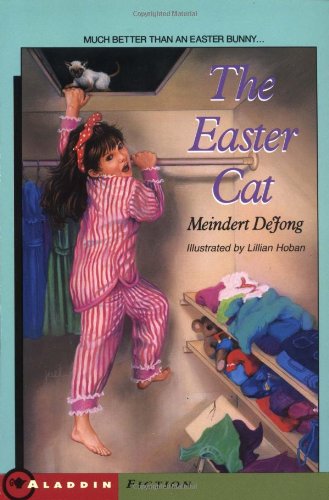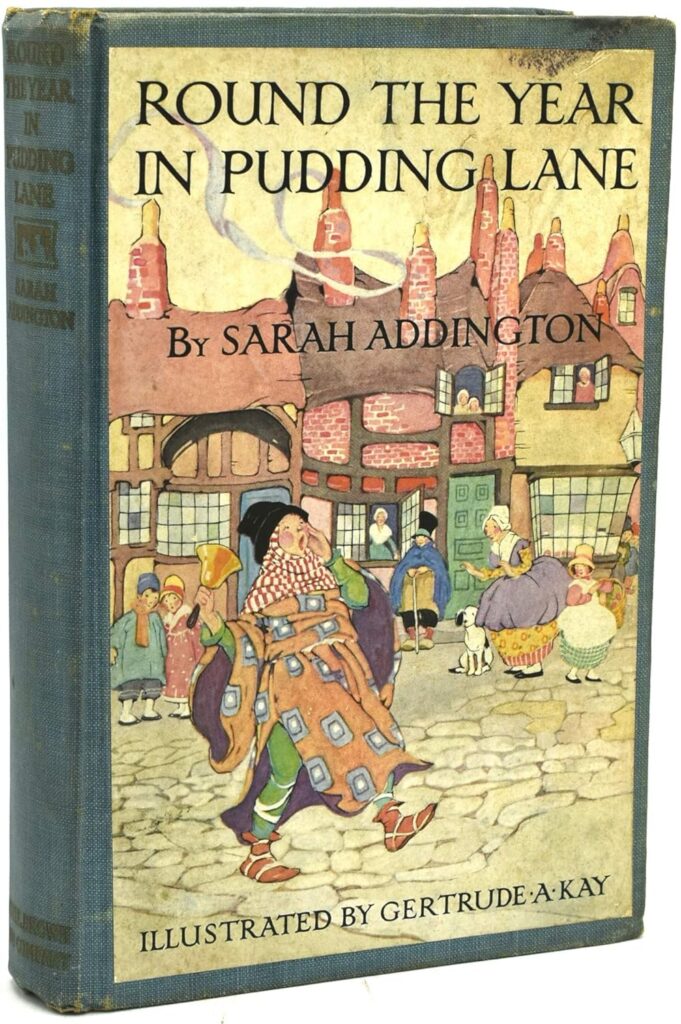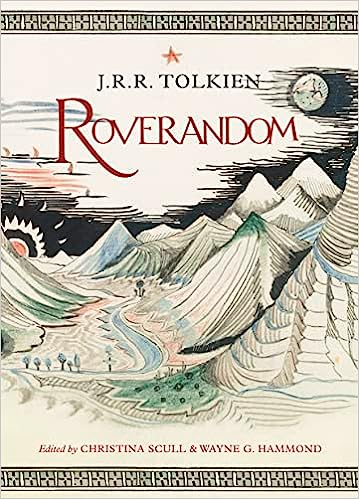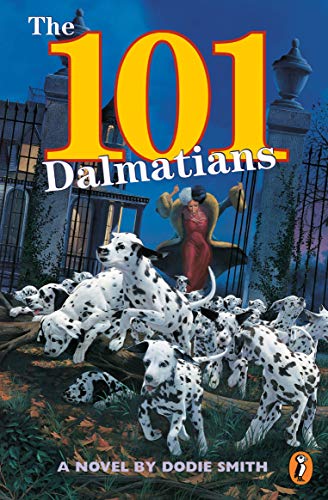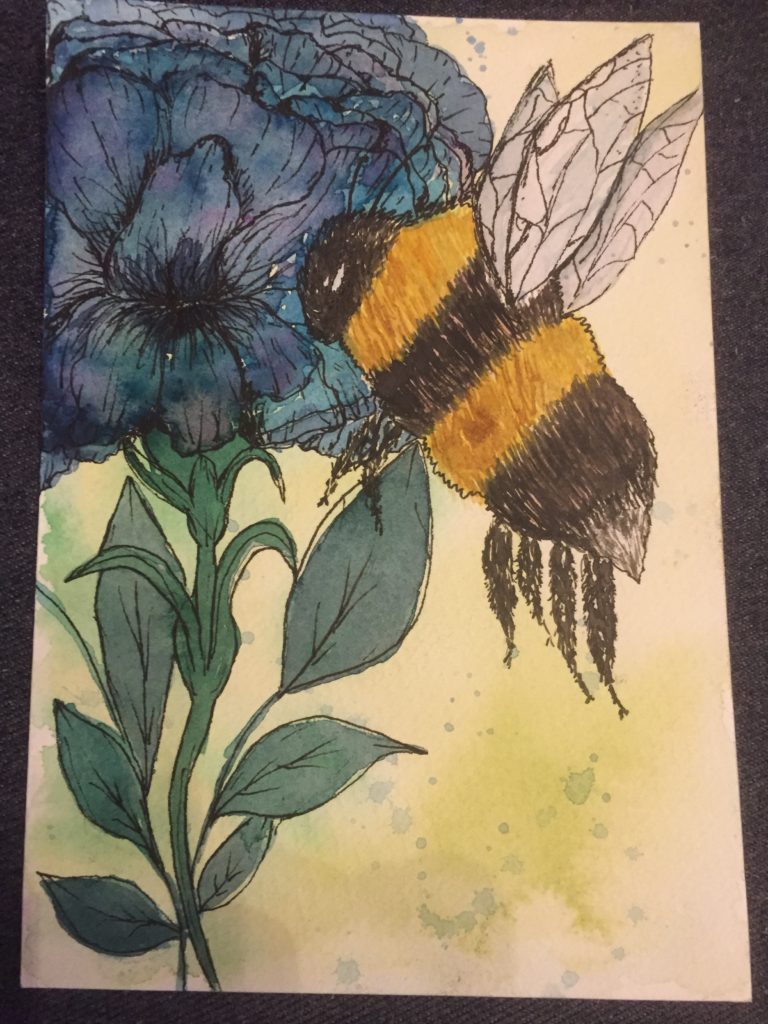We live in a utilitarian age. If you can’t show me a practical use for any given practice or cultural institution, I’m free to throw it out, take it or leave it, make my own traditions, fashions, and rules. With this modern attitude, what is the use of marriage? Why go to the expense and worry of a wedding, why get a marriage license, why marry?
And many couples do not. They live together, engage in a sexual relationship, combine finances, make joint decisions, and even have children, forming families, without ever troubling themselves to obtain that pesky little piece of paper that legalizes and solemnizes their liaison. Some of these “partners” move from one relationship to the next, never settling, and never committing themselves to one person. But others are seemingly committed, seemingly married in everything but name, but just don’t see the use of getting actually, legally, really truly married.
So why marry? If you ask me to give you a utilitarian reason for legal marriage, I can’t really do it. Is it better for a society if the majority of couples who are forming families and educating the coming generation are legally married? Yes, I believe so. Is it better for children if their parents are formally and publicly committed to one another in marriage? Again, yes. Better how? Well, marriage implies and calls a couple to a stable and lasting relationship, a foundation that is important, even vital for the mental and spiritual health of children in a family. But you can answer that as individuals we are committed. We plan to stay together till death does us part. What difference does it make whether or not we have a marriage certificate or have had a wedding ceremony?
And in strictly utilitarian terms, I cannot give an adequate or convincing answer. The real reason for marriage, as I have come to understand after much thought, is not utilitarian at all. It is transcendent in nature–for Christians, Jews, Muslims, and Hindus and other religious people, certainly. We all believe that marriage is a solemn vow of union before God. But even for many nonreligious people who still believe in marriage and who continue to marry one another, marriage is something more than “a piece of paper” or a legal contract or a meaningless ritual. When we get married, we are doing something real, initiating a relationship, that has meaning beyond the words we say or the papers we sign. We are making a commitment before God (whether you believe in Him or not, He is there) and our community to cleave to this one husband or wife and to no one else for the rest of our natural lives. We are initiating a new family relationship, husband and wife, a relationship that will exact responsibilities from us and give privileges to us and that will shape us for the rest of our lives, even if the marriage itself someday ends in divorce or in the death of one of the couple.
What I’m trying to say is that marriage has a transcendent meaning, and we marry because of that meaning. Yes, marriage is a picture of Christ and His church. That’s a part of the reason and meaning for marriage. And marriage was instituted by God in the beginning when Adam and Eve were joined by God and told to cleave to one another and be fruitful and multiply. That’s another piece of the meaning of marriage. Furthermore, marriage is an invisible bond and contract between two people in the presence of family and community to love and care for each other, both physically and spiritually. It’s an announcement that says, “Hey, world, we are not just interested in exploring or exploiting each other physically and sexually. We are a married couple. We are spiritually, mystically committed to each other in all senses, physically, emotionally, intellectually, and even supernaturally.”
If the man and woman involved in a physical relationship are not willing to make that announcement loudly, proudly and publicly in an actual ceremony of some kind and a legal binding contract, then there is something wrong with the relationship itself. The partnership that is not willing to be a marriage may be practical, sensible, and even lasting, but it is ultimately soulless. And that’s why we marry: for the sake of our mutual souls and for the creation of a one flesh spiritual union together.
